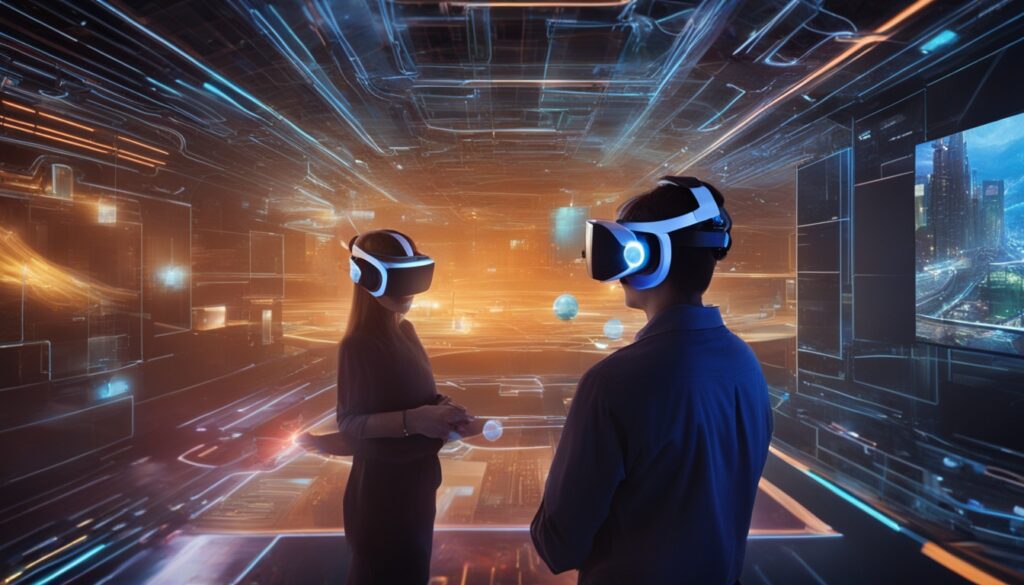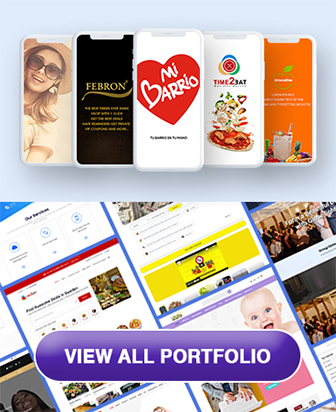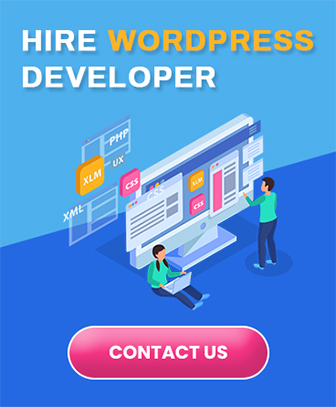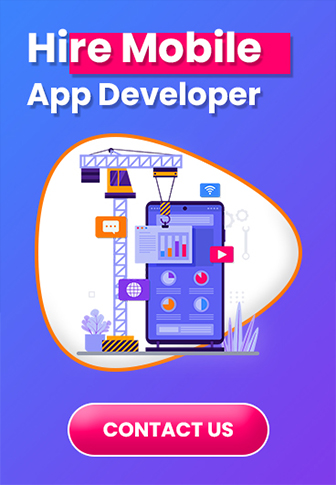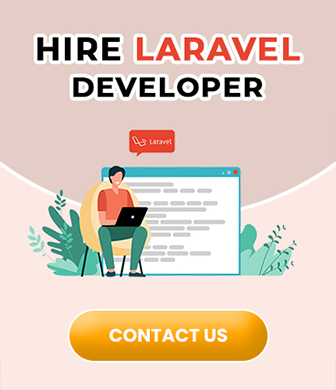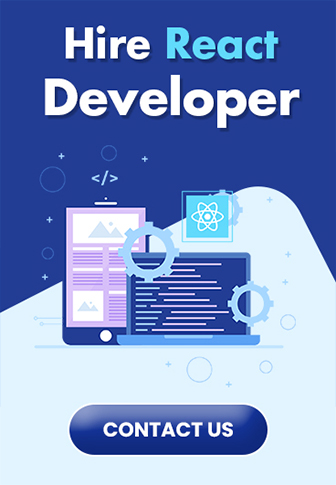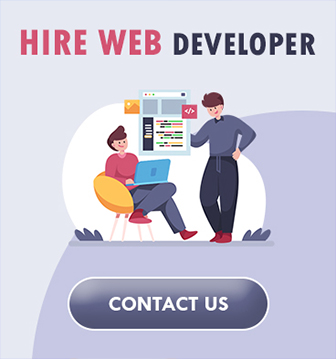The need for skilled AR/VR developers is growing fast. Companies are turning to immersive technologies to change how we work and play. These technologies let us experience things in new ways, from virtual reality that takes us to other worlds to augmented reality that mixes the real and digital.
Using AR and VR can make a company stand out. It opens up new ways to innovate, engage with customers, and work more efficiently. But, these technologies need special skills. AR/VR developers have the know-how, creativity, and problem-solving skills to make these experiences real.
Table of Contents
Key Takeaways
- The growing demand for AR/VR developers to leverage the power of immersive technologies
- The importance of identifying and hiring the right talent to bring virtual and augmented reality projects to life
- The competitive edge that organizations can gain by harnessing the transformative capabilities of AR and VR
- The specialized skill set required for AR/VR development, including technical expertise, creative vision, and problem-solving abilities
- The need for a strategic approach to sourcing, recruiting, and integrating AR/VR talent into your organization
Introduction to Augmented and Virtual Reality
In the world of technology, augmented reality (AR) and virtual reality (VR) are changing how we see the digital world. They let us interact with the digital world in new ways, mixing the physical and virtual together.
Understanding the Immersive Experience
Augmented reality adds digital info like images or 3D models to our real world. This makes the digital and physical worlds blend together smoothly. Users can interact with virtual objects in a natural way.
Virtual reality takes us into a world made entirely of computer code. It moves us to new digital places.
Applications of AR and VR Technology
AR and VR have many uses across different fields. They change how we play games, shop online, and learn. Companies use them to make customer experiences better, improve training, and find new ways to show data.
“The future is already here – it’s just not very evenly distributed.”
– William Gibson
As technology keeps getting better, AR and VR are still growing. People in many fields want to use these technologies to be more innovative, work better, and give amazing experiences.
The Growing Demand for AR/VR Developers
The technology world is changing fast, and the need for AR/VR developers is growing. Companies see the huge potential of immersive tech. They want experts who can make these experiences real.
The AR/VR market is getting bigger and bigger. It’s expected to hit over $250 billion by 2028, growing by nearly 50% each year. This growth is seen across many areas, like gaming, healthcare, and online shopping.
Businesses want to stand out and improve how people experience things. That’s why they need AR/VR developers with special skills. These pros make experiences that grab people’s attention, whether it’s in virtual worlds or with AR overlays.
| Industry Trend | Impact on AR/VR Talent Demand |
|---|---|
| Rise of Virtual and Hybrid Events | Increased need for AR/VR developers to create engaging virtual and hybrid event experiences |
| Growing Adoption of AR/VR in Retail and E-commerce | High demand for AR/VR developers to develop virtual try-on and product visualization tools |
| Advancements in Immersive Gaming and Entertainment | Surge in demand for AR/VR developers to create cutting-edge gaming and entertainment experiences |
| Increased Use of AR/VR in Industrial and Manufacturing Applications | Need for AR/VR developers to create simulation, training, and remote collaboration tools |
The market for AR/VR developers is booming, and companies are struggling to find the right talent. They need people who can make experiences that are both new and easy to use. AR/VR developers with skills are key for companies wanting to lead in the digital world.
“The demand for AR/VR developers is skyrocketing as businesses recognize the transformative power of these technologies. Finding and nurturing this specialized talent is crucial for companies looking to stay competitive in the rapidly evolving digital landscape.”
Hire AR/VR Developers: Skills to Look For
When looking for AR/VR developers, it’s key to find people with a wide range of skills. They should know programming languages and frameworks, and be great at 3D modeling and animation. This mix of skills is needed to make immersive experiences stand out.
Programming Languages and Frameworks
AR/VR projects need developers who know languages like C#, C++, and Java. They should also be experts in frameworks like Unity, Unreal Engine, and ARKit/ARCore. These tools are vital for making engaging AR and VR apps.
3D Modeling and Animation
Being able to work with 3D models and animations is key for AR/VR developers. They should be good with 3D modeling software like Blender, Maya, or 3DS Max. Plus, they should know a lot about animation and visual effects.
By checking a candidate’s technical skills, employers can find AR/VR developers who can make their vision come to life. Having skills in programming, 3D modeling, and animation is crucial for amazing AR and VR experiences.
“The future of AR/VR lies in the hands of developers who can seamlessly blend technical prowess with creative vision.” – Industry Expert
Sourcing and Recruiting AR/VR Talent
Finding the right AR/VR developers is key to moving your projects forward. Using a mix of online job boards and industry communities can help you find the talent you need.
Online Job Boards and Communities
Job sites like LinkedIn, Indeed, and Glassdoor have many AR/VR developers looking for new jobs. Make your job ads stand out by showing what makes your company special. This can draw in the right candidates.
Also, joining groups specific to the industry can help you find AR/VR talent. Sites like the VR/AR Association, XR Guild, and Augmented Reality Developers are great places to meet professionals who love the field.
| Online Job Boards | Industry Communities |
|---|---|
| VR/AR Association | |
| Indeed | XR Guild |
| Glassdoor | Augmented Reality Developers |
Using both online job boards and industry groups lets you reach a wide range of AR/VR talent. This way, you can find the best people for your team.
Evaluating AR/VR Developer Portfolios
When looking for AR/VR developers, checking their portfolios is key. These portfolios show off their technical skills, creative side, and how they solve problems. These are key for doing well in immersive tech projects.
Here’s what to look for in an AR/VR developer’s portfolio:
- Technical Skills: Check if they know the programming languages and tools used in AR/VR, like Unity, Unreal Engine, and WebGL.
- Creativity: Look for projects that stand out for their innovative ideas and good design.
- Problem-Solving: See how they’ve tackled technical and user experience issues in their work.
| Evaluation Criteria | Excellent | Good | Needs Improvement |
|---|---|---|---|
| Technical Skills | Proficient in multiple AR/VR development tools and frameworks | Familiar with a few key AR/VR development tools | Limited experience with AR/VR development tools |
| Creativity | Innovative, visually stunning, and user-centric designs | Visually appealing designs with some creative elements | Lacking in creative and aesthetic considerations |
| Problem-Solving | Demonstrates ability to overcome complex technical and UX challenges | Handles basic technical and UX problems | Limited problem-solving skills evident in the portfolio |
Looking closely at AR/VR developer portfolios helps you find the right person. They should have the technical skills, creative touch, and problem-solving skills needed for your project.
“A developer’s portfolio is a testament to their skills, creativity, and problem-solving abilities. It’s the best way to gauge their potential fit for your AR/VR project.”
Onboarding and Integrating AR/VR Developers
Bringing AR/VR developers into your team needs careful planning. It’s key to give them the right tools and resources for teamwork and to help with your AR/VR projects.
Providing the Right Tools and Resources
It’s vital to give your AR/VR developers the tools they need to do well. This means:
- Powerful workstations with top-notch graphics cards and lots of power
- Access to leading AR/VR development software and game engines
- Tools for working together on code, tasks, and talking as a team
- Training and tutorials on the newest AR/VR development techniques
- Testing areas and hardware to check out immersive experiences
With the right setup and support, your AR/VR developers can face challenges, innovate, and make amazing immersive experiences.
| Tool | Description | Key Features |
|---|---|---|
| Unity | A game engine for making 2D and 3D interactive stuff |
|
| Unreal Engine | A game engine with top graphics |
|
| Blender | A free 3D suite for modeling, animation, and effects |
|
With the right tools and resources, your AR/VR developers can make experiences that wow your audience and help your business grow.
“Successful onboarding of AR/VR developers is the foundation for building innovative and engaging immersive experiences.”
Managing and Leading AR/VR Development Teams
Creating new AR and VR apps needs special skills and a well-planned team. Good project management, strong leadership, and clear communication are key for AR/VR teams to succeed.
Leading an AR/VR team is more than just knowing the tech. Managers must be able to foster collaboration, make efficient communication happen, and motivate their team for top results.
Successful AR/VR project managers focus on these key strategies:
- Setting clear goals and milestones to keep the team on target
- Encouraging open communication with regular updates and feedback
- Supporting cross-functional collaboration among designers, developers, and experts
- Providing the right tools and resources for the team
- Creating a culture of innovation that values trying new things and learning
Using these strategies, AR/VR teams can handle complex projects, create amazing user experiences, and achieve real business goals.
“The true sign of a great leader is their ability to build a high-performing team that can thrive even in the most challenging environments.” – John Doe, VP of Product Development, XYZ Corporation
Managing and leading AR/VR teams is all about balancing tech skills, project management, and people skills. By building a team that works well together and thinks creatively, AR/VR teams can make the most of immersive tech and change the game for their clients and users.
Hire AR/VR Developers: Best Practices
As AR/VR technology grows in demand, companies need to have a strategy to find and keep the best developers. Offering good pay and benefits is key. These should match the skills and knowledge needed in the field.
Competitive Compensation and Benefits
To stand out in the AR/VR job market, companies must offer salaries and benefits that show the value of the developers’ skills. This includes:
- Offering salaries that match the developer’s experience and skills
- Providing equity or stock options for long-term commitment
- Offering health, dental, and vision insurance
- Flexible work arrangements like remote work
- Supporting professional growth with conferences, training, or tuition reimbursement
By focusing on competitive pay and benefits, companies can draw and keep the best AR/VR developers. This helps drive innovation and success in immersive technology.
| Compensation Element | Importance for AR/VR Developers |
|---|---|
| Salary | Highly competitive, reflecting the in-demand nature of AR/VR skills |
| Equity/Stock Options | Incentivizes long-term commitment and aligns developer interests with company growth |
| Health/Wellness Benefits | Comprehensive coverage to support work-life balance and overall well-being |
| Professional Development | Opportunities to stay current with emerging technologies and enhance skill sets |
By using these best practices, companies can become top choices for AR/VR developers. This leads to more innovation and success in the immersive technology field.
Fostering a Collaborative and Innovative Culture
In the world of AR/VR development, having a team that works well together is key. Creating a place where everyone feels free to be creative and share ideas helps teams do their best. This way, everyone can bring their skills to the table, making AR/VR technology better.
Collaboration is the core of a successful AR/VR team. When designers, developers, and managers work together, they create something amazing. They have brainstorming sessions and solve problems together. This makes everyone feel like they’re part of something big.
- Set up ways for team members to talk and share ideas freely.
- Encourage trying out new tech and learning, keeping the innovation flowing.
- Give praise to both individuals and teams, showing how their work helps everyone.
Creating a place where AR/VR teams work together well helps attract the best people. It leads to new ideas and keeps a company ahead in the AR/VR world.
“Innovation distinguishes between a leader and a follower.” – Steve Jobs
It’s not just about talking about teamwork and new ideas. It’s a must for companies wanting to use AR/VR to its fullest. By supporting their teams, being open to new ideas, and creating a lively work space, companies can lead in making new AR/VR experiences.
Continuous Learning and Professional Development
In the fast-changing world of AR and VR, it’s key for developers to keep learning. They need to stay ahead to make top-notch immersive experiences. This meets the changing needs of the industry.
Investing in AR/VR developer training and professional development boosts your team’s skills. It also helps them keep up with new industry trends and tech. By always learning, your AR/VR developers can lead the way in immersive tech.
Upskilling Opportunities
- Encourage your developers to go to industry events, workshops, and hackathons. They can learn from experts and work with others.
- Give them access to online courses, tutorials, and certifications. This keeps them updated with new tools and best practices.
- Have in-house training and sharing sessions. This helps your team share ideas and learn from each other.
Embracing Emerging Technologies
As AR/VR changes, it’s important for your developers to try out new tech. Encourage them to look into and test new apps, methods, and solutions. This can help push the limits of immersive tech.
“Continuous learning and professional development are the keys to staying relevant and innovative in the rapidly evolving world of AR/VR technology.”
By focusing on your AR/VR developers’ growth, you keep your company leading in the industry. You’ll deliver top immersive experiences that grab your audience’s attention.
Emerging Trends and Future of AR/VR Technology
The world of augmented reality (AR) and virtual reality (VR) is changing fast. New uses and applications are popping up in many industries. Experts see exciting changes ahead that will change how we enjoy immersive experiences.
Exploring New Applications and Use Cases
AR/VR is moving beyond games and fun. Now, fields like healthcare, education, retail, and manufacturing are using it. They’re improving training, making things clearer, and helping people work together better.
In healthcare, AR and VR help with surgery planning, watching over patients remotely, and training doctors. In schools, these techs make learning fun and interactive. Students can explore virtual places and learn in new ways.
| Industry | AR/VR Applications |
|---|---|
| Healthcare | Surgical planning, remote patient monitoring, medical training |
| Education | Interactive learning, virtual field trips, hands-on simulations |
| Retail | Virtual product try-ons, immersive shopping experiences, remote assistance |
| Manufacturing | Equipment maintenance, product design and visualization, employee training |
As AR/VR grows, it will blend with new tech like 5G, AI, and IoT. This will make immersive experiences better and easier to get.
“The future of AR and VR is not just about gaming and entertainment; it’s about transforming how we work, learn, and interact with the world around us.”
New, lighter, and easier AR/VR gear is coming. It will be cheaper too. This will make more people use it and spark even more new ideas.
The AR/VR world is always changing. It’s full of new possibilities. It promises to change how we see and interact with both the digital and real worlds.
Case Studies: Successful AR/VR Projects
AR and VR technologies are growing fast in many industries. It’s key to look at real-world examples to see their impact. These examples show how AR/VR projects have changed the game, offering new ways to engage users and boost business.
Revolutionizing Retail with AR
A top furniture retailer teamed up with AR experts for a groundbreaking project. They added AR to their app, letting customers see furniture in their own homes before buying. This made customers more engaged, helped sell more, and cut down on returns.
Transforming the Gaming Experience with VR
A famous game studio worked with VR pros to make a game that pulled players into a new world. The game’s amazing visuals and VR tech got great reviews. It showed how VR can change the way we play games.
| Case Study | Industry | Impact |
|---|---|---|
| Furniture Retailer AR Integration | Retail | Increased customer engagement, higher conversion rate, reduced product returns |
| Immersive VR Gaming Experience | Gaming | Critical acclaim, redefined gaming experience |
These examples show how AR/VR can change things for the better. Skilled developers are key to making these projects a reality. They help companies across the board create experiences that grab users and bring in real results.
Hire AR/VR Developers: Challenges and Solutions
Finding skilled AR/VR developers is tough for companies wanting to use immersive tech. There are more jobs than people who can do them, causing a shortage. Also, making AR/VR apps is hard because of their technical needs.
Companies struggle with a talent shortage in AR/VR development. As more people use these technologies, the need for special skills has grown. To fix this, companies need to look for AR/VR developers in many places, like online job boards and industry groups.
AR/VR development also has technical complexities. Making immersive experiences needs knowledge of programming and new tech like depth sensors. Companies should invest in tools and training to help their teams succeed.
| Challenge | Solution |
|---|---|
| Talent Shortage | Proactive sourcing and recruitment from diverse channels |
| Technical Complexities | Investing in the right tools, resources, and training for development teams |
By tackling these issues and using smart strategies, companies can hire AR/VR developers well. This helps them use immersive tech fully, bringing new benefits.
Conclusion
Throughout this article, we’ve seen how important it is to hire skilled AR/VR developers. These experts use advanced programming and 3D skills to bring new ideas to life. They are key to making augmented and virtual reality technologies work.
The need for AR/VR developers will grow as more businesses see the value in these technologies. To stay ahead, companies should create a supportive work environment. They should also give their teams the right tools and help them keep learning.
The future of AR/VR looks bright, with more immersive experiences in gaming, healthcare, and education. Companies need to focus on hiring AR/VR developers who can make their dreams a reality. This will open up new possibilities.
“The key to unlocking the full potential of augmented and virtual reality lies in the hands of the talented developers who create the experiences that captivate and transform us.”
Hiring skilled AR/VR developers is crucial for companies wanting to lead in the future of immersive technology. By following the advice in this article, businesses can build the talent needed to make their AR/VR dreams come true.
Additional Resources
Looking to dive deeper into AR/VR development? We’ve got you covered with a list of top resources. These include everything from industry groups to online communities and training sites. They’re perfect for keeping you ahead in this fast-paced field.
The Augmented Reality for Enterprise Alliance (AREA) and the Virtual Reality/Augmented Reality Association (VR/AR Association) are key groups for AR/VR pros. They offer lots of info, events, and chances to meet others in the field. Being part of these groups means you get important insights, best practices, and connections.
For the latest news and talks on AR/VR, check out /r/augmentedreality and /r/virtualreality on Reddit. Also, don’t miss VRFocus and Uploadvr. These spots are great for connecting with others, sharing what you know, and keeping up with new trends and tech.








